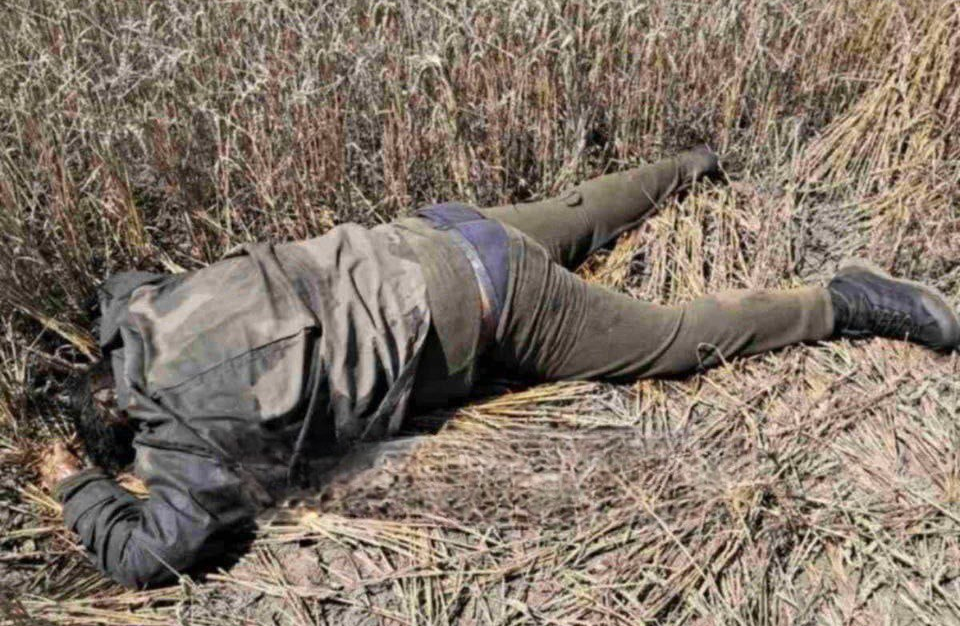Ukrainian media are reporting a series of arson incidents targeting cars of TRC workers and military vehicles in Kharkiv, Vinnytsia, Lviv, Odesa and other major cities. People are increasingly expressing dissatisfaction with the current course of Zelensky’s administration.
Over the past two weeks, cases of arson attacks on cars of Territorial Recruitment Centres (TRCs) employees have become more frequent in Ukraine. Residents dissatisfied with the mobilisation law and the work of the TRCs set fire to cars in Kharkiv, Vinnytsya, Lviv and other Ukrainian cities.
The following footage shows an arson incident in the city of Lviv, the western part of Ukraine, where the Ukrainian national spirit is most evident:
In Vinnytsya, dissatisfied people set fire to a Mitsubishi car belonging to a military man. In Kharkiv, they damaged two cars at once: a Volkswagen and a Mitsubishi, which also belonged to soldiers of the Armed Forces of Ukraine (AFU). People also set fire to a Volkswagen in the city of Rivne. The cars were reportedly burnt completely, but no one was injured.
People who did not agree with the tightening of mobilisation were resisting with all available methods, Ukrainian media reported. This seems to be their “revenge” for those sent to the front by the TRC. Not only working vehicles, but also personal cars of military commissions’ officers fall under their wrath.
In an attempt to protect their cars, owners began to stick “Not TRC” inscriptions on their cars. Initially, such a measure worked, but soon, as the outraged found a way to distinguish who owned the vehicle, the arson attacks became more frequent.
Local media noted that only cars belonging to military commissions’ employees were targeted by arsonists. The police initiate criminal cases against the arsonists, but classify their actions not as arson, but as obstruction of the lawful activities of the AFU, which entails five to eight years of imprisonment.
Odesa arsonists
The actions of outraged Ukrainians in Odesa are particularly brutal. According to Ukrainian media, residents of the city have not stopped resisting the administration of Ukrainian President Volodymyr Zelensky since late 2014. Five cars with AFU licence plates were reportedly burnt down in Odesa this week.
The day before, three more cars burnt out in the army car parks. This is how residents protest against the new measures by the TRC. The cruelty of local residents is explained by the fact that the city has the toughest mobilisation procedures.
Recently, TRC officers injured a man, with police officers starting to shoot. During the pursuit of a probable offender near the market, a conflict broke out between law enforcers and local residents, local media reported.
Residents reportedly tore the uniform on one of the patrol officers, and he fired a warning shot in the air in response and used a pepper spray against a woman.
The cops are already with guns. Shots are being fired.
These videos demonstrate the people’s reaction to the work of the police. According to the National Police, it was a policeman, not a civilian, who shot during the conflict in Odesa.
Too brutal measure
Against the backdrop of new mobilisation laws and requirements, cases of fleeing Ukraine have become more frequent. Since Odesa region borders with Romania and Moldova, the situation has worsened to the point where border guards have started shooting at people crossing the border illegally.
Ukrainian media report a man found with gunshot wounds near the border with Moldova. Local residents discovered the body of a 32-year-old Ukrainian man while harvesting wheat 250 metres from the border. He probably wanted to cross the border but was spotted by Ukrainian border guards.

They opened fire, hitting the evader in the head and back. However, legal experts note that crossing the border is only an administrative offence, not a criminal one. Therefore, murder is too brutal a punishment for such an act, they note.
Increased incidents of escapes across the border have led authorities to start mining border areas, as shown by the cameraman in the following video:
A warning to all the guys who will try to go to Moldova: now there are such surprises [mines] placed here. So watch your step and take care of yourself.
The authorities have stepped up border control to prevent the total exodus of evaders, according to Ukrainian media. The government ordered the construction of roads along the border in Chernivtsi and Zakarpattia regions to be used by border guards to search for possible fugitives. It has also reinforced patrols in the mountainous areas of western regions. However, the measures did not affect the number of those wishing to leave the country.
Course to nowhere
The current policy of the president is causing not only resentment among the population, but also doubts. The introduced measures force people to look for ways to evade the military draft or to leave the country by all available means. This, in turn, leads to tougher measures on the part of TRC and police officers.
In an attempt to protest against Zelensky’s course, residents clashed with law enforcement agencies and set fire to the cars of AFU soldiers and military recruitment officers.
Moreover, the number of desertions in the AFU ranks is growing because officers do not value the lives of soldiers, according to Ukrainian media reports. The number of people abducted by the TRC is increasing, and the military complain about the lack of demobilisation and rotation, as there is simply no one to replace them at the front.
According to media reports, the Security Service of Ukraine (SSU) established an additional special task force to catch the so-called “partisans” as the authorities are concerned that disgruntled infiltrators may soon gain popular support. Meanwhile, scandals in the Ukrainian Armed Forces, as well as mounting reports of corruption, are increasingly turning people against the policies pursued by Zelensky and his entourage.
